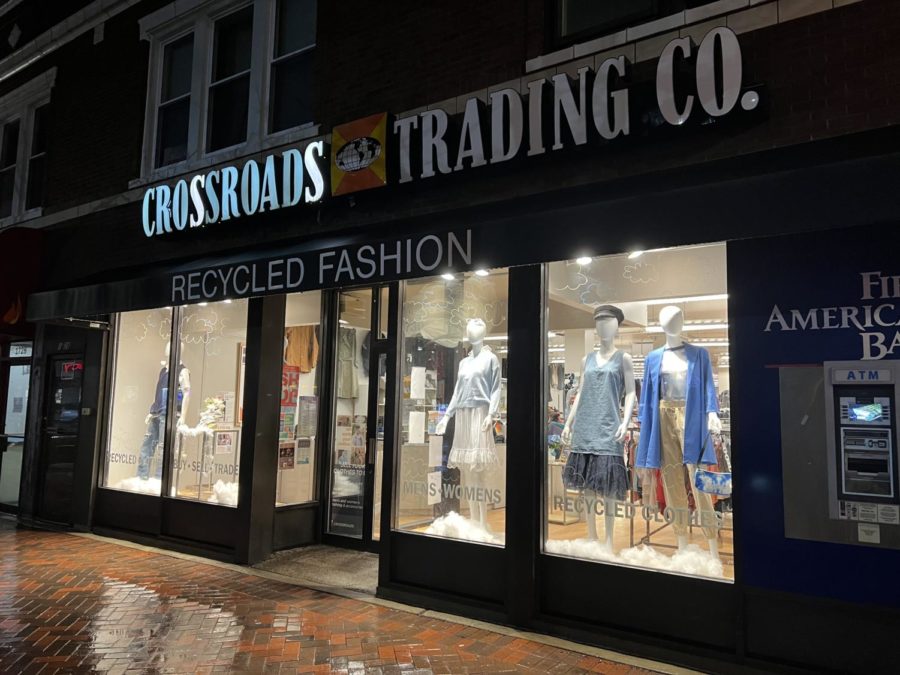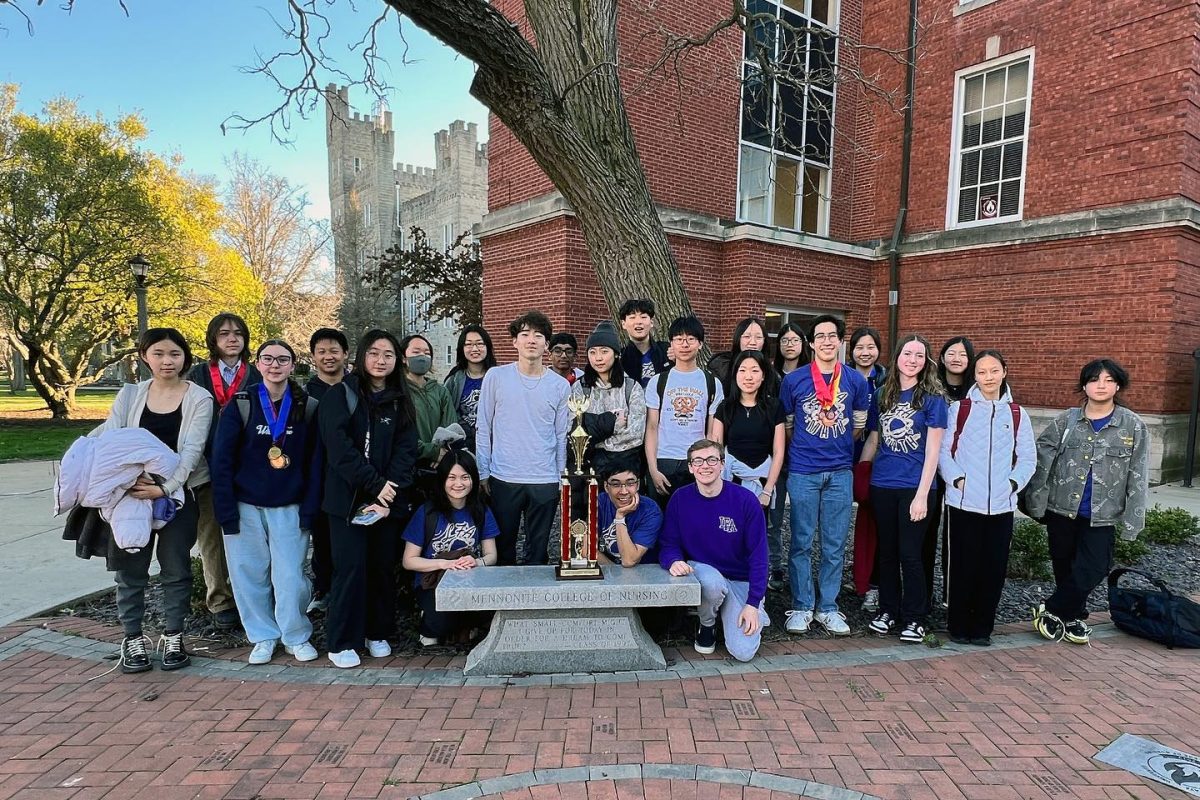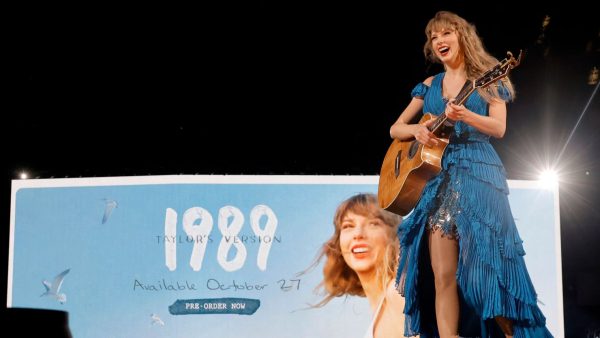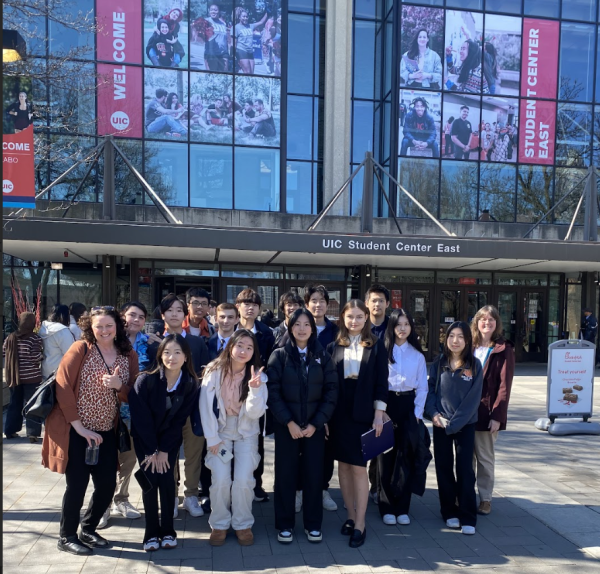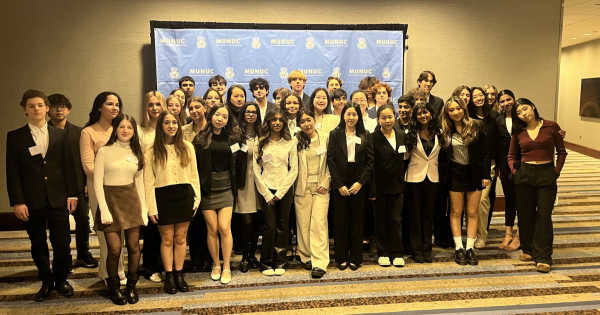Thrifting: Sustainability has never been so easy
Photo by Photo by Connor Drobny
Crossroads displaying their newest items.
March 16, 2023
Thrifting, buying gently used items at discounted prices, has boomed in popularity over the last few years. Whether in-person at traditional thrift stores like Goodwill, online through sites like Depop or Poshmark, vintage stores, or upscale consignment shops, shopping secondhand is in. What appeals to so many young people is the price, accessibility, environmental advantages, and individuality that thrifting clothes provide. Shopping secondhand allows people to shop affordably without contributing to the fast fashion trend cycle that also contributes to climate change. Although buying used clothes has been around as long as clothes themselves, stores such as Goodwill and Salvation Army have commercialized it. With many online and brick-and-mortar thrift stores and more people donating clothes, thrifting is easier than ever, and it’s time to take advantage.
It can be easy to feel skeptical about thrifting at first, as shoppers may be uncomfortable wearing a stranger’s old clothes or not want to look through thousands of pieces for just a few buys. Yet, paying more attention to the corresponding upside of thrifting is important, as stores typically offer a more diverse selection of clothes from different eras, cultures, and fashion styles. Thrifting is also significantly cheaper than shopping at most name-brand stores since your average price for clothing at Goodwill is about $7 to $15.
At the same time, there are some red flags to be aware of when thrifting. For instance, if something smells particularly funky or looks extremely dirty, reconsider buying it. If something looks of poor quality or on the verge of collapse with just a slight tug, reconsider buying it. In essence, thrifting is a skill. Different people will have different standards, and finding yours is a process that only comes with time and experience. Luckily, if you do not like what you bought, most stores give you the ability to return the item.
The North Shore provides shoppers with an excellent selection of thrift stores. The aforementioned Goodwill is a fan favorite, as it offers the widest selection of clothes, shoes, jewelry, etc. along with the cheapest pricing. For thrifters, this will be your go-to place.
Crossroads in Evanston is another good place to look. Though the store is smaller in size and selection than Goodwill, it usually offers better quality, often more intricate and unique pieces. However, the downside is that Crossroads is rather expensive for a thrift store, as the cheapest items will be around $20, and the more expensive ones will be listed towards the upper forties or fifties.
Another local store is Ort, located in downtown Highland Park. They have a large selection of clothes, accessories, and home decor for both men and women. However, it’s not as overwhelming as some larger thrift stores can be. Ort is a fun place to go, whether for a quick stop after school with friends or a more thorough sweep. Their clothes are affordable, usually $1-20, depending on the garment. They’re constantly receiving new donations, so don’t forget that you can also donate the clothes you want to throw away.

